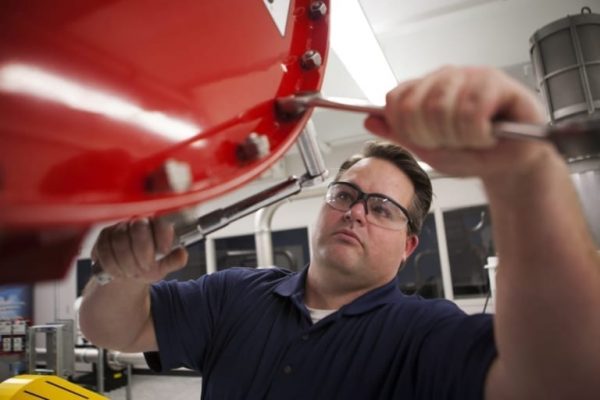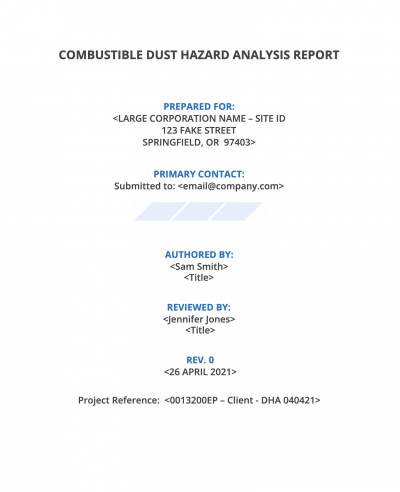Using the Results of a Dust Hazard Analysis
The Dust Hazard Analysis is only as good as the actions taken to make imperative upgrades to the safety of a facility. Find the steps of how to use the results of the DHA below.
Prioritizing Recommendations
While the DHA will probably identify several areas of concern, it’s likely some are more important than others to correct before an accident occurs. (visit section >)
Executing an Action Plan
The list of ranked recommendations is consulted to form a plan to improve safety across the plant. (visit section >)
Consulting Necessary Experts
Certain recommendations will require the help of a safety solutions provider to install reliable systems to prevent or mitigate a fire or explosion. (visit section >)

Executing an Action Plan
So, how does one ensure that not only is the facility safe from an explosion or fire but also compliant with regulatory organizations such as OSHA?
Any identified critical areas must be addressed immediately. A few examples of critical areas include a room with dust accumulation and an electrical panel with exposed wires, or a piece of equipment with obvious ignition sources and without explosion protection systems.
For the less critical items, as long as the recommendations are being methodically addressed, these efforts will often pass compliance. It’s often up to the facility to balance the priorities of the recommendations along with the ease and cost of implementation to complete the action plan.
Consulting Necessary Experts

Finally, it’s common for the DHA to identify several Engineering Controls, such as implementing explosion prevention systems, explosion mitigation systems and fire suppression systems, or to schedule a quarterly maintenance plan.
Fike offers comprehensive explosion and fire protection solutions for many documented recommendations within the DHA. If you have questions about safety systems, need help with installation and commissioning or require scheduled maintenance to remain NFPA compliant, there’s no more qualified partner than Fike.

